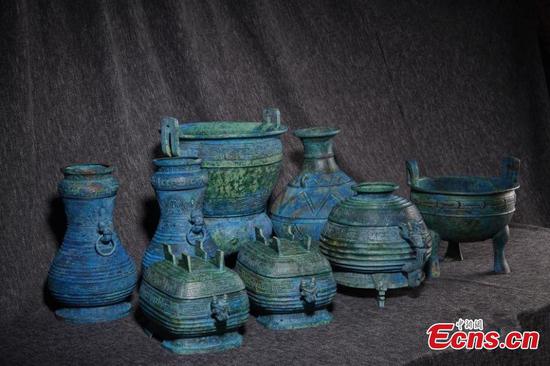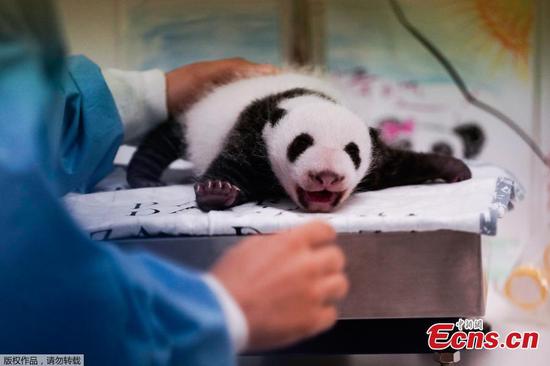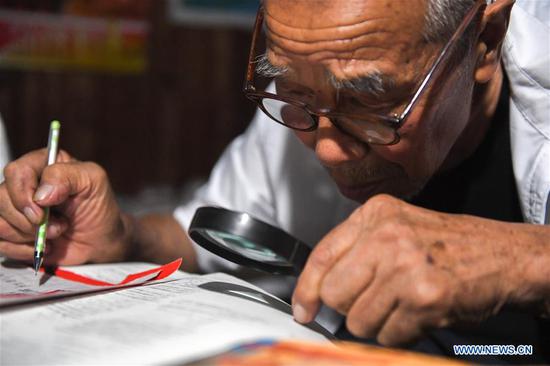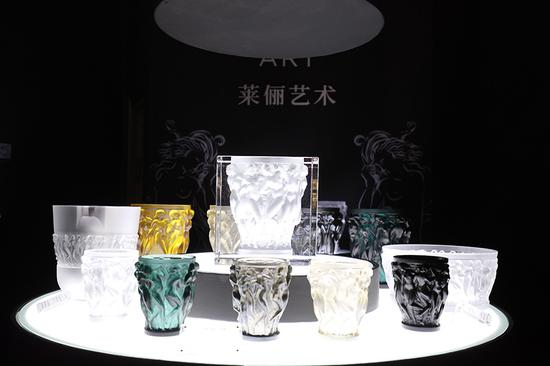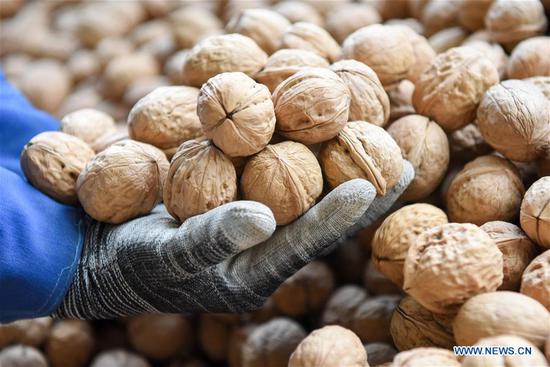Scientists have developed a new method to triple the storage time of human donor livers, which will give transplant doctors a much longer time frame to save lives.
The study, published Monday in the journal of Nature Biotechnology, suggests that the new method of liver preservation could keep liver tissue viable for up to 27 hours.
Donor livers, stored above freezing at four degrees Celsius, can now be preserved for only nine hours before the chances of a successful transplantation drastically decrease. The short time frame makes it difficult to get the organs to compatible patients who are located farther away.
Researchers had developed a technique that extended the time the rat liver tissue can be stored at subzero temperatures (minus six degrees Celsius) without damage. They had added a modified glucose compound called 3-OMG and an ingredient in antifreeze into the protective solution to cool the livers.
The anti-freezing compound lowers the temperature at which the cells freeze and 3-OMG acts as a protectant against the cold, according to researchers. When those compounds were applied to human livers, 200 times larger than that of rat livers, they failed.
In this new study, however, scientists from Harvard Medical School and Massachusetts General Hospital came up with a three-step method to avoid ice nucleation and better preserve human livers.
First, they limited the contact of the storage liquid to air, which greatly eliminated the risk of ice crystals forming; second, they included two additional ingredients -- trehalose and glycerol, both of which have been used in the cryogenic preservation of cells in the lab; and third, they developed a new way of delivering the preservation solution to the liver, which is to use machine perfusion at four degrees Celsius with traditional protective solution and then slowly lower the temperature while increasing the concentration of the new protective additives.
Researchers have yet to implant a liver preserved using this new method into a human subject, but traditional standards of assessing liver viability indicate that the process will not negatively affect the organ, according to the study.












